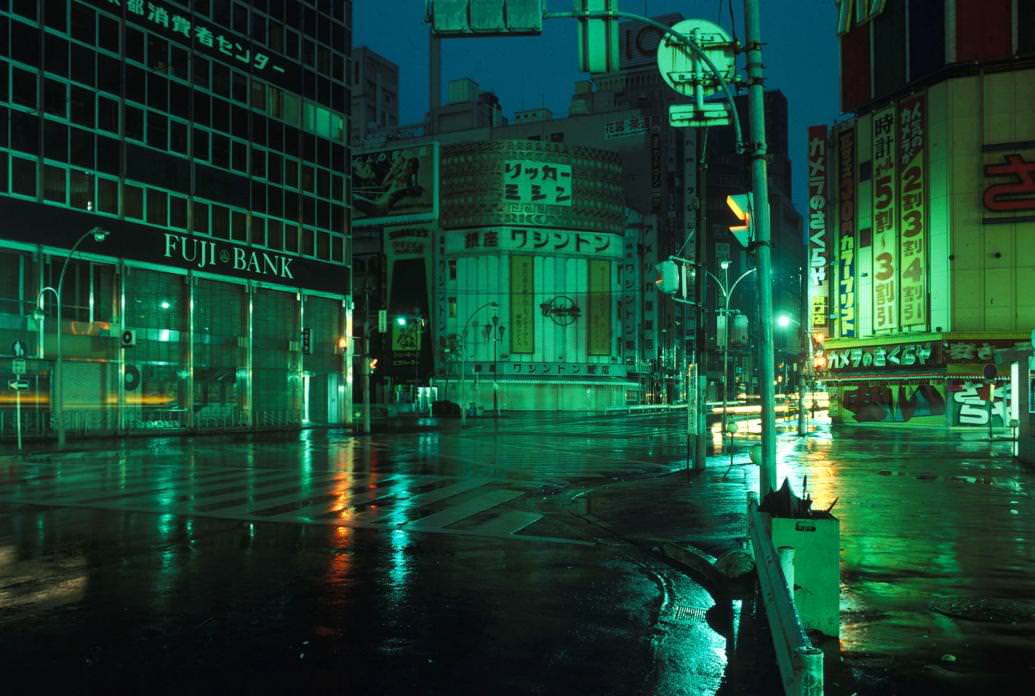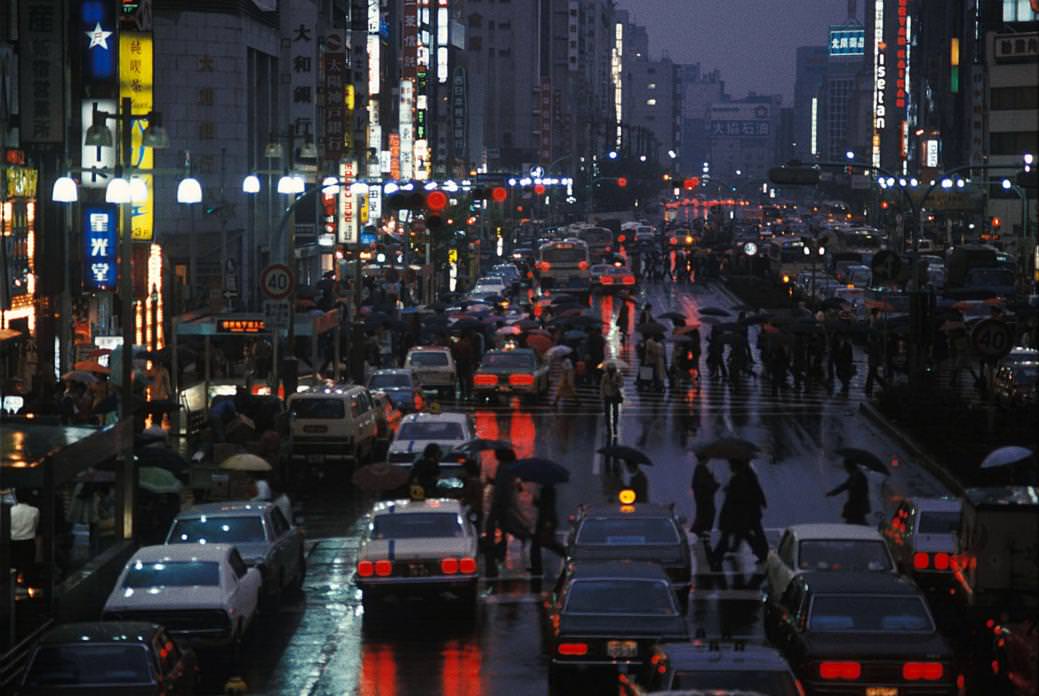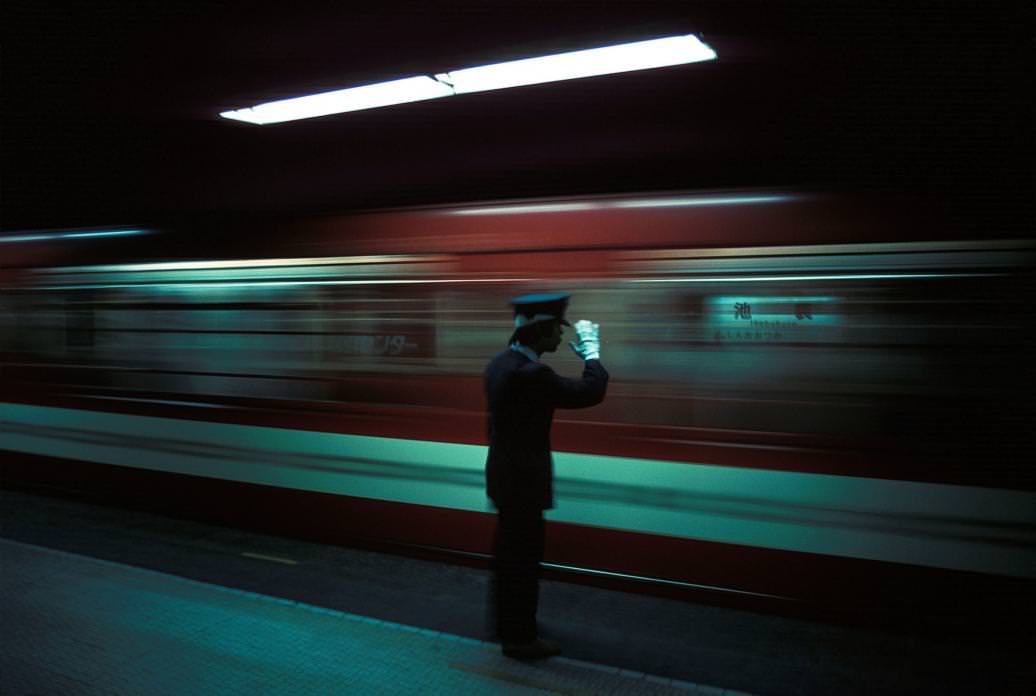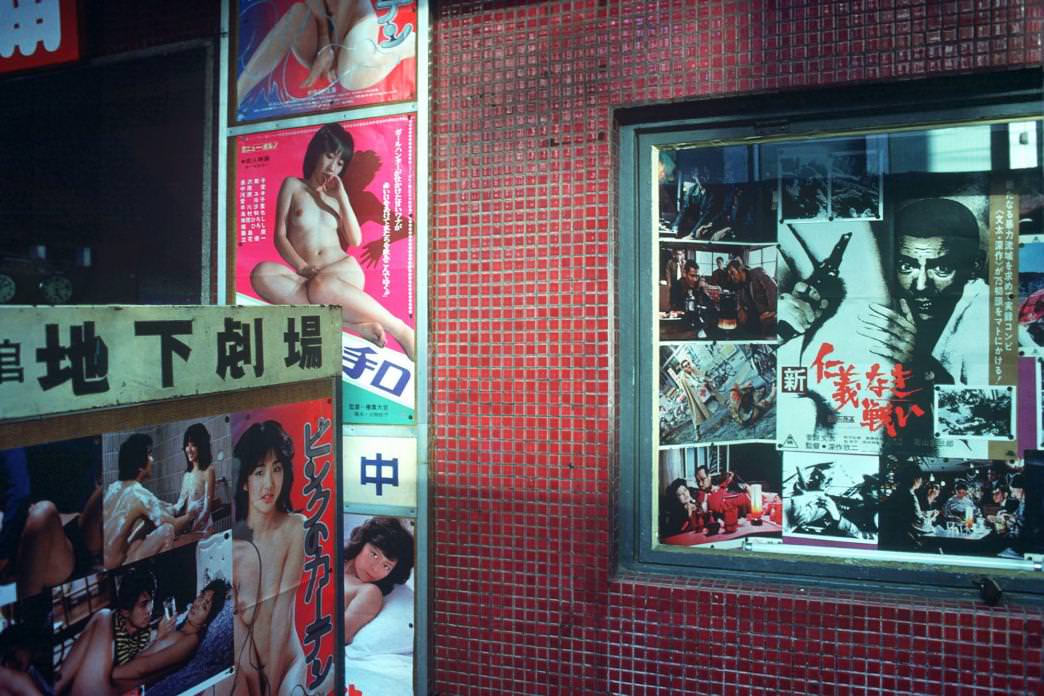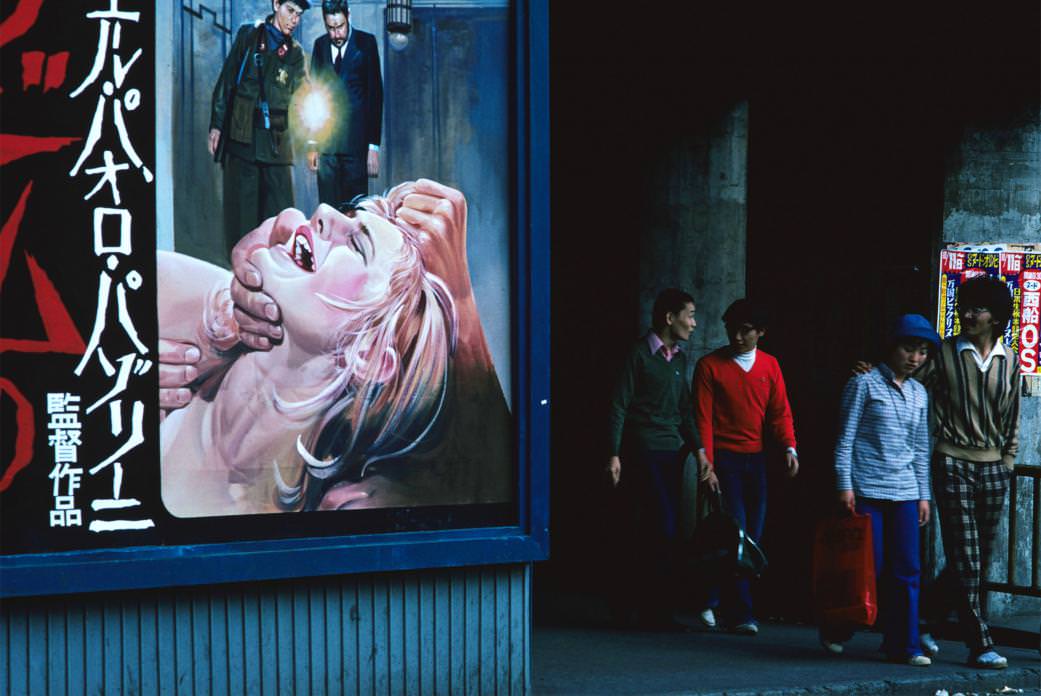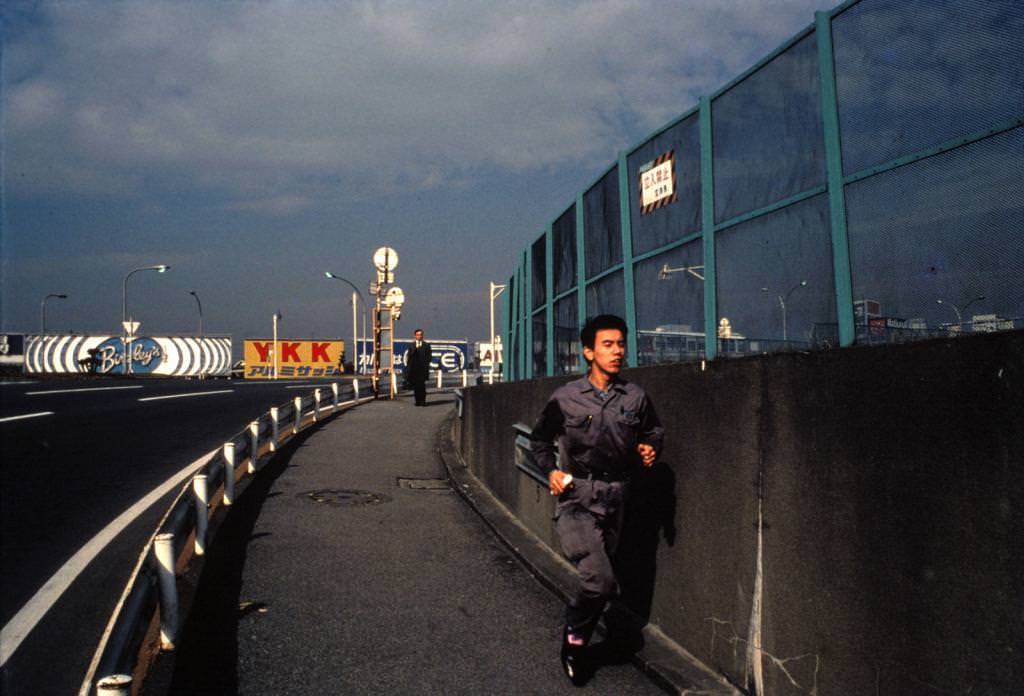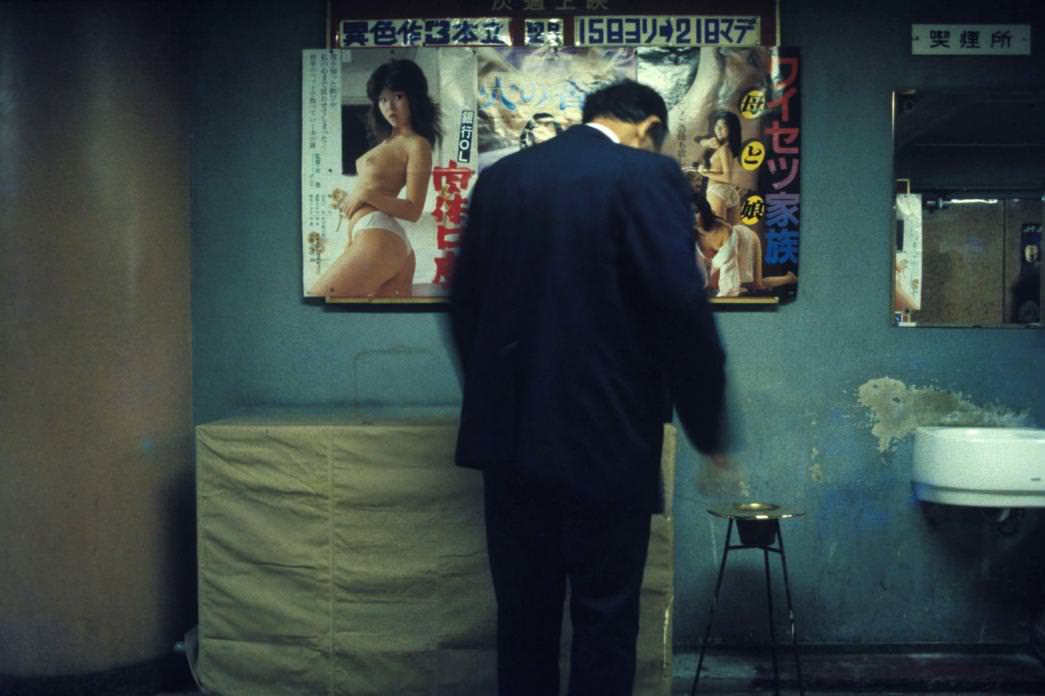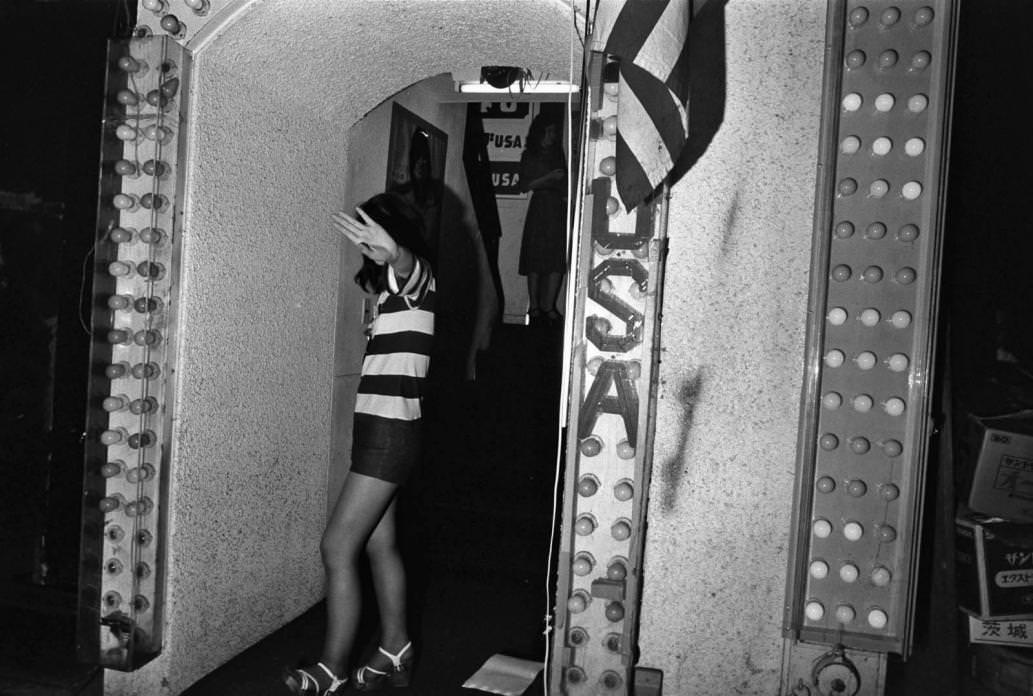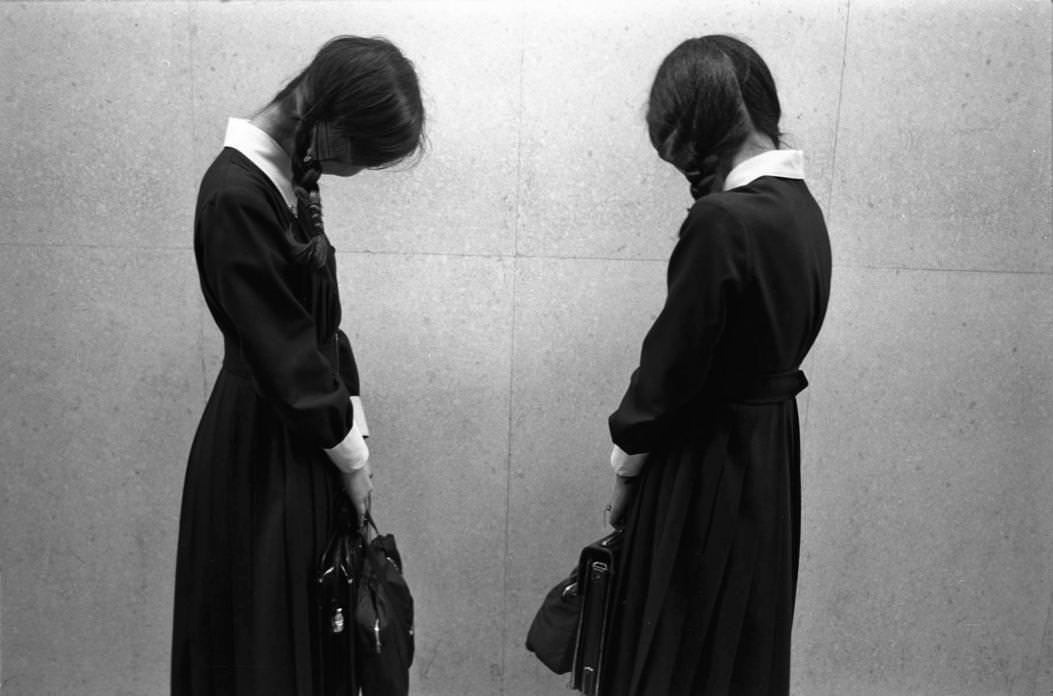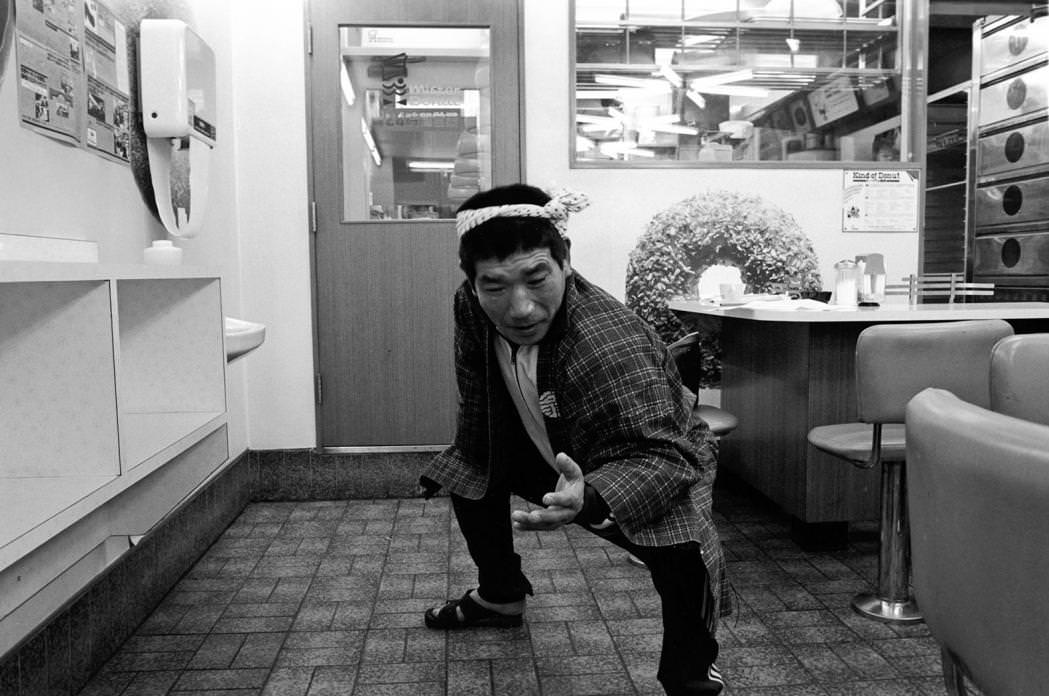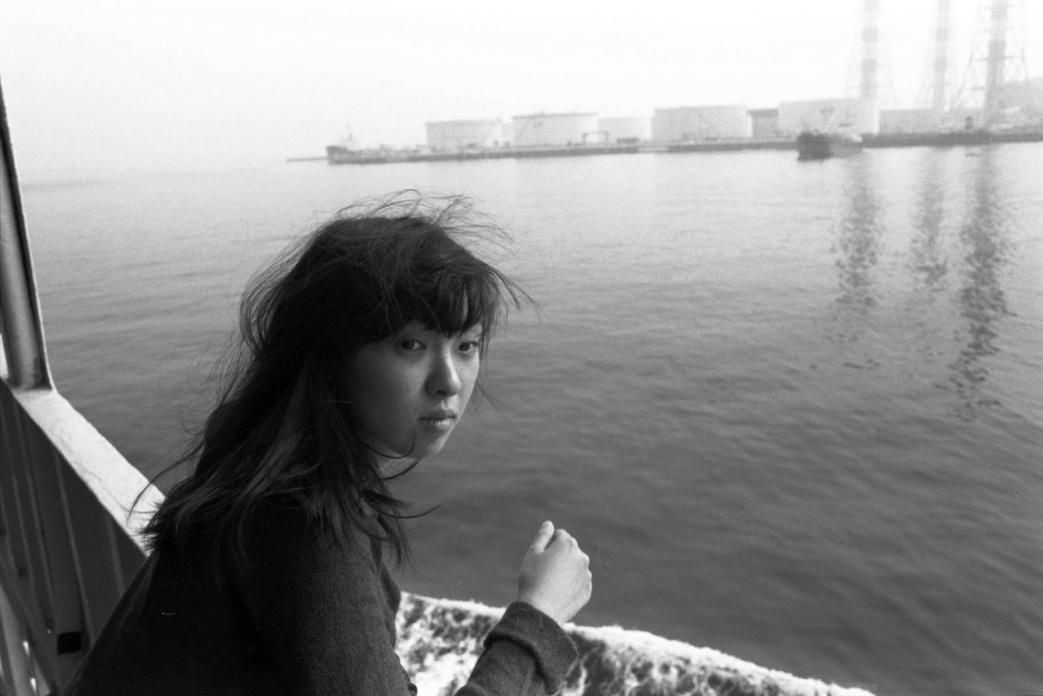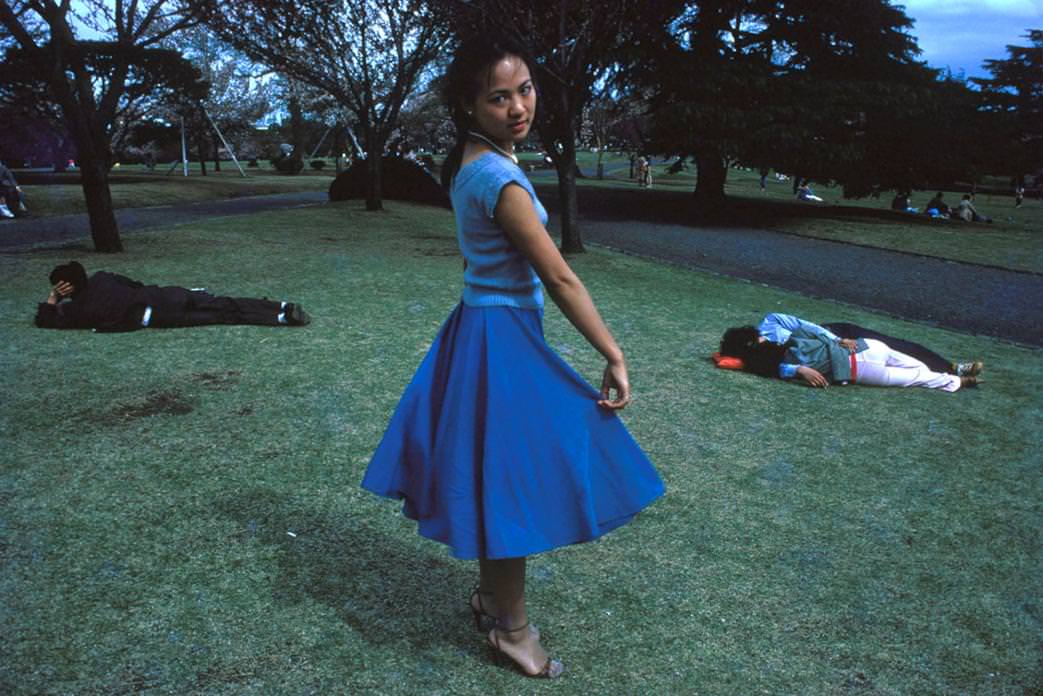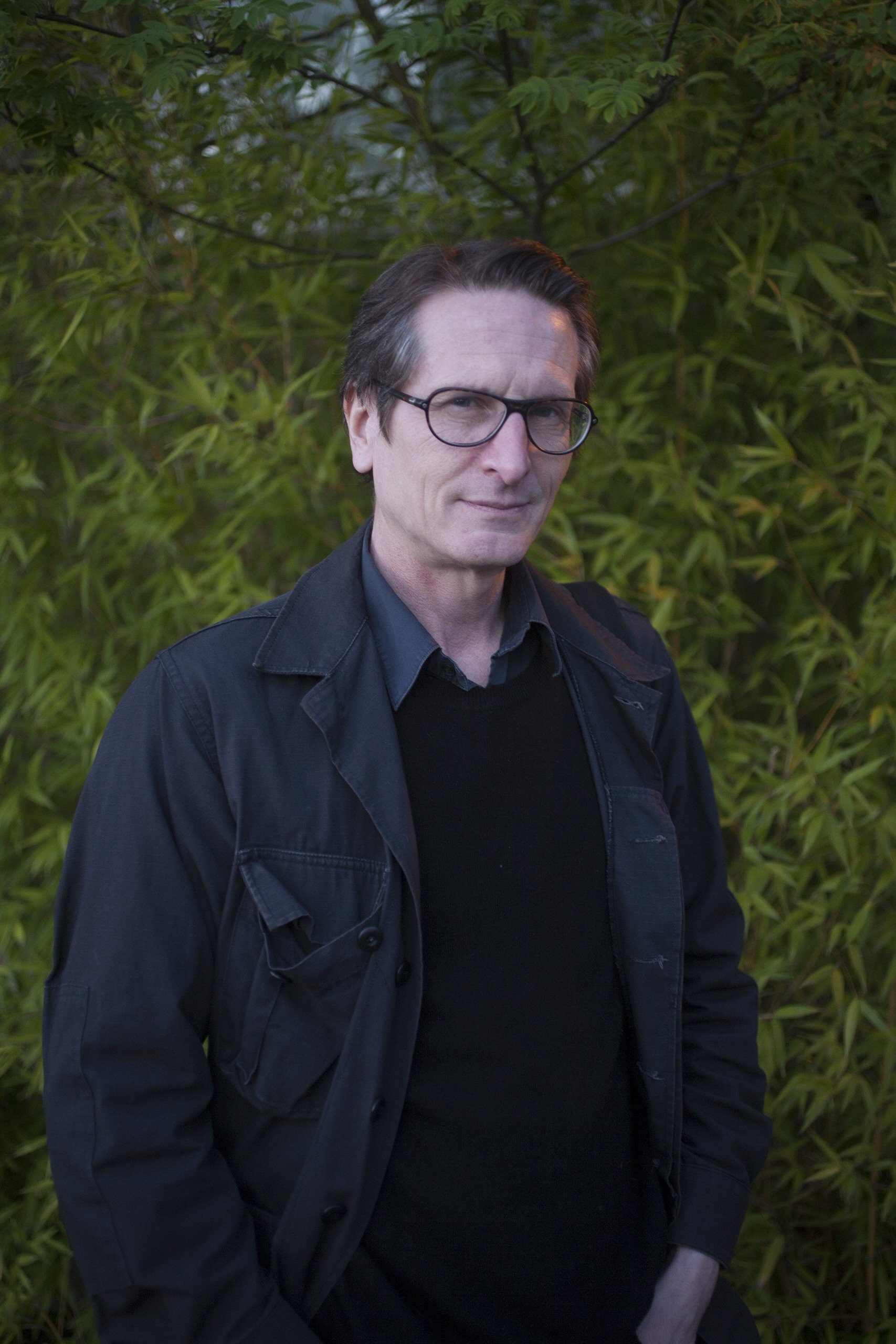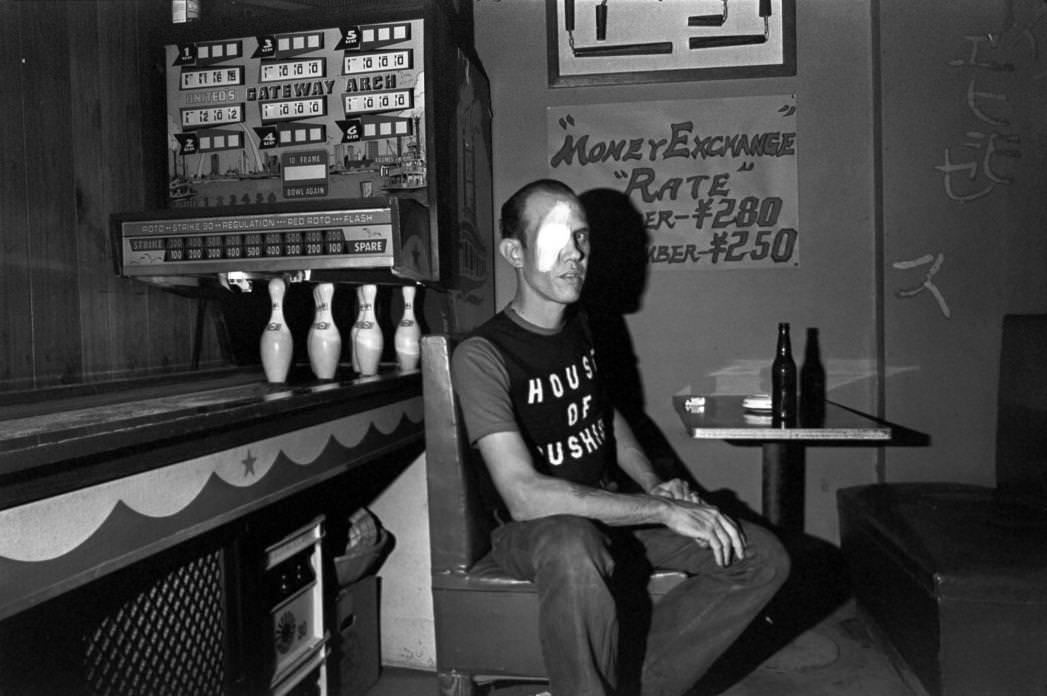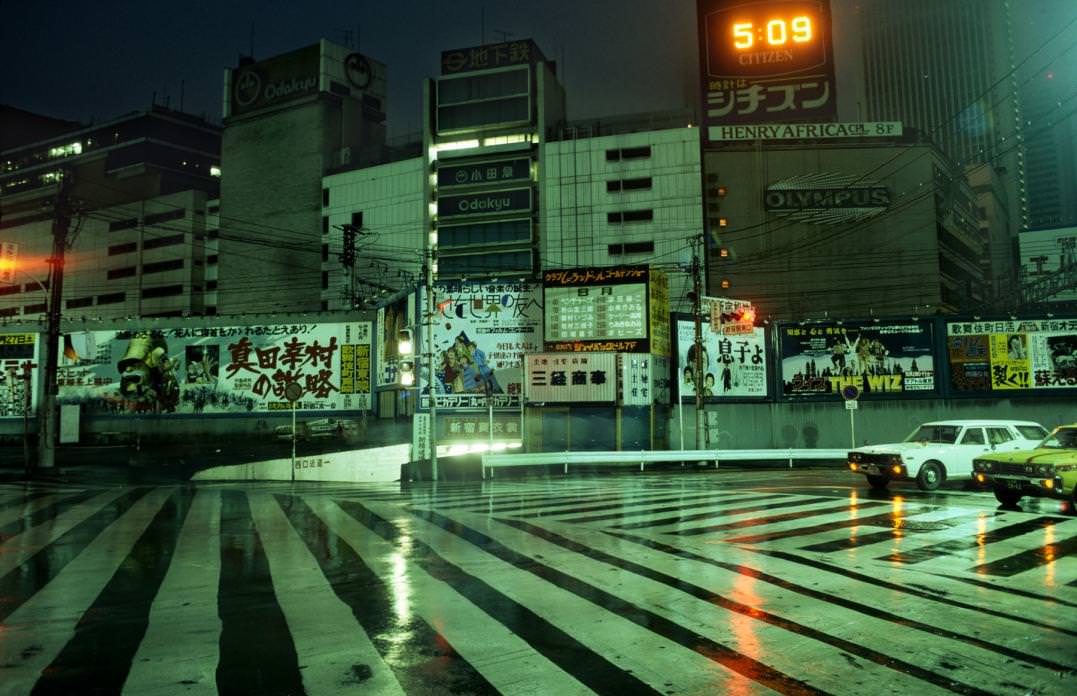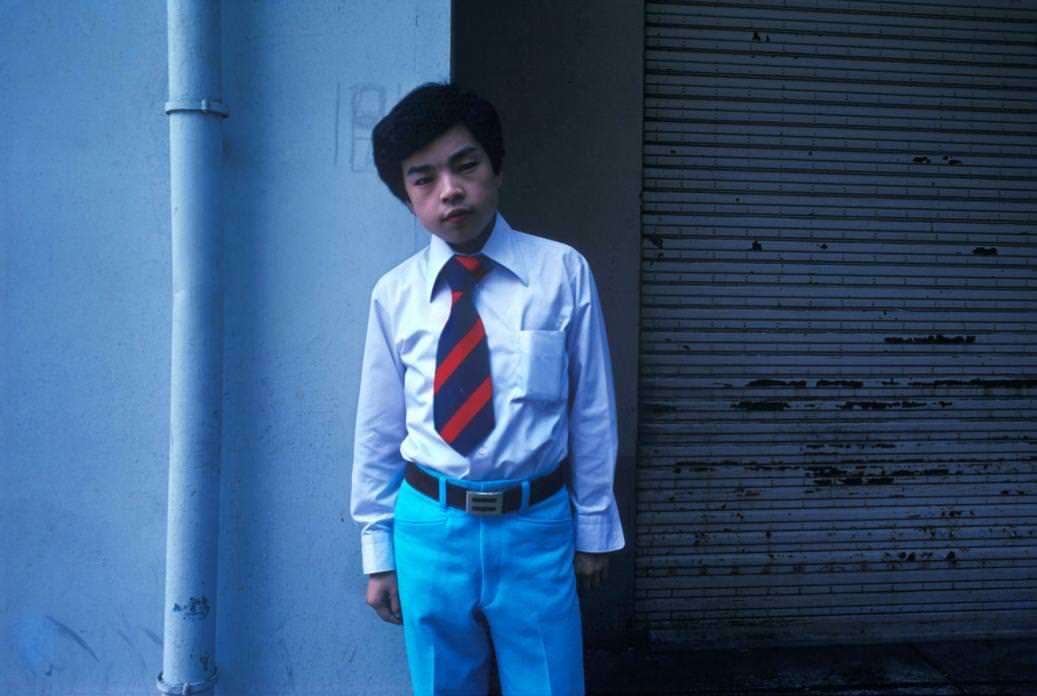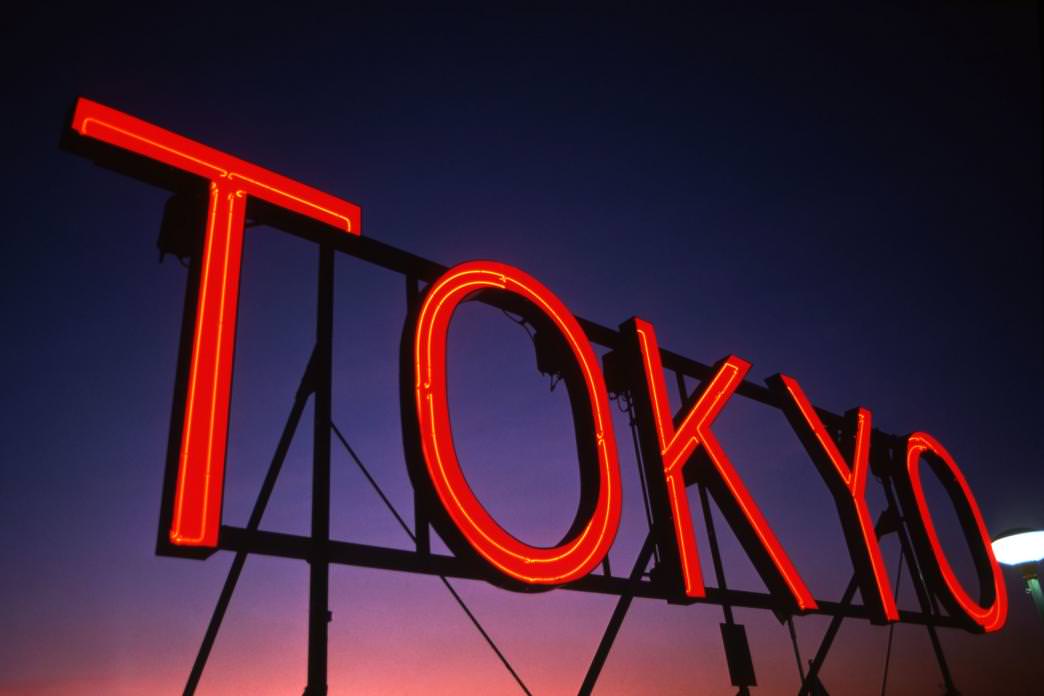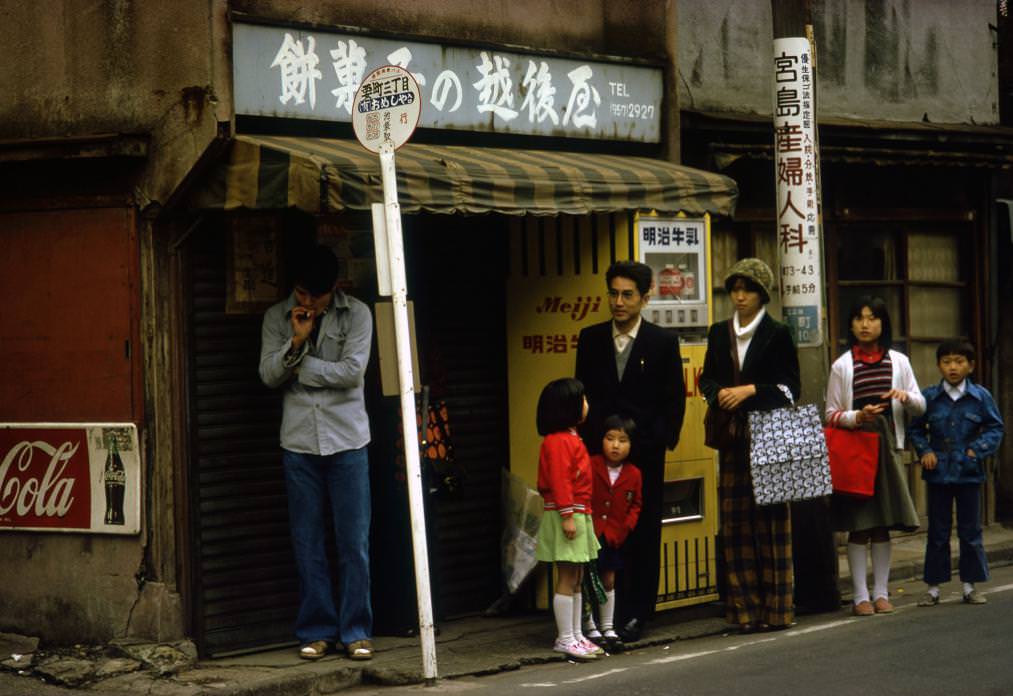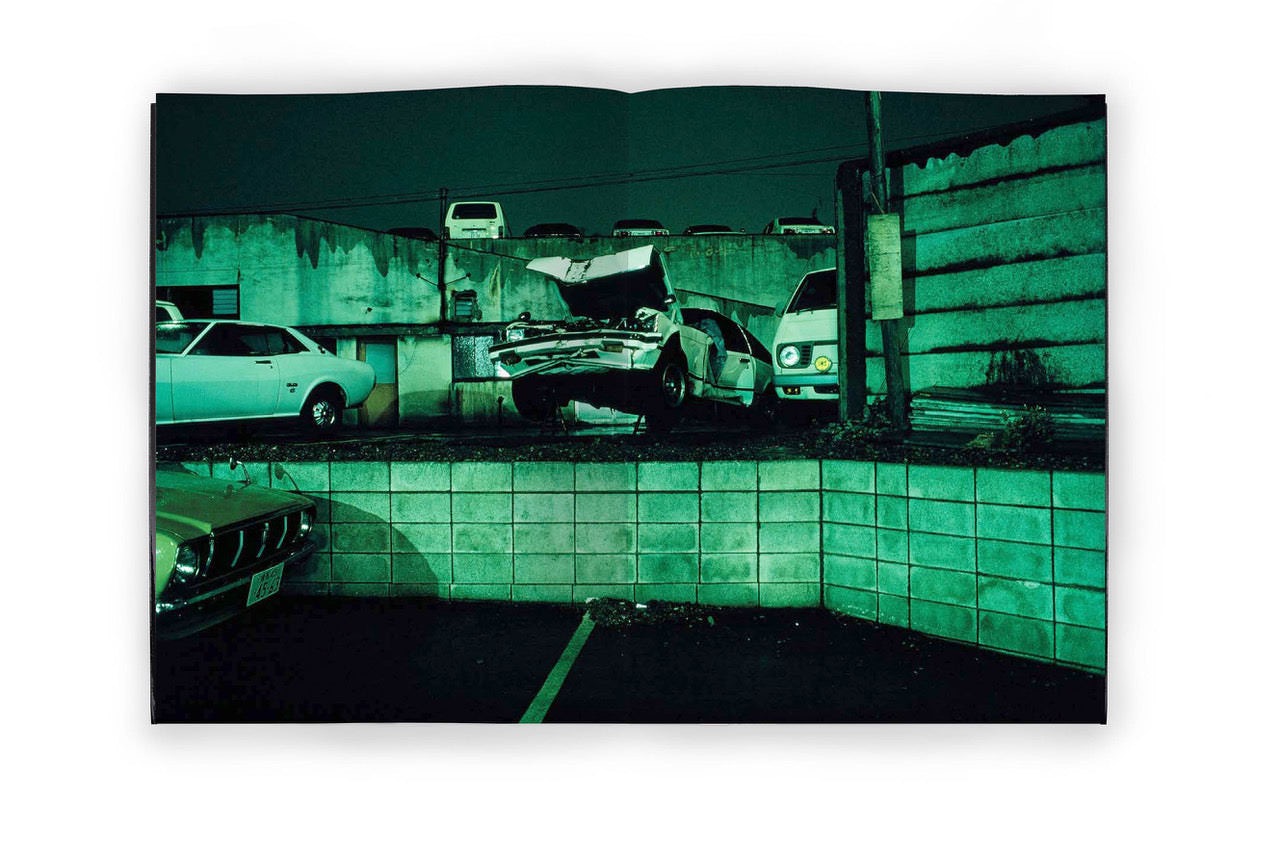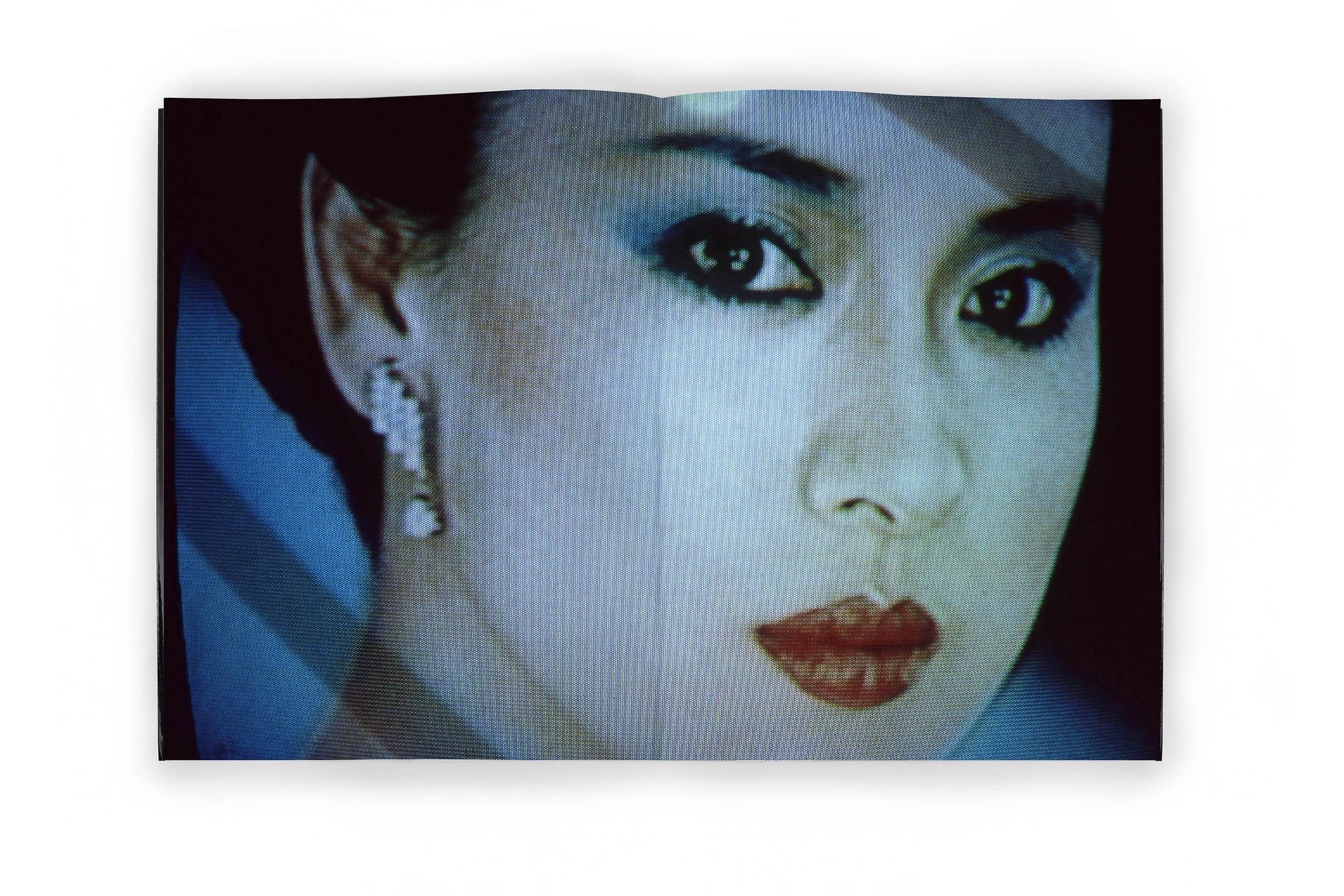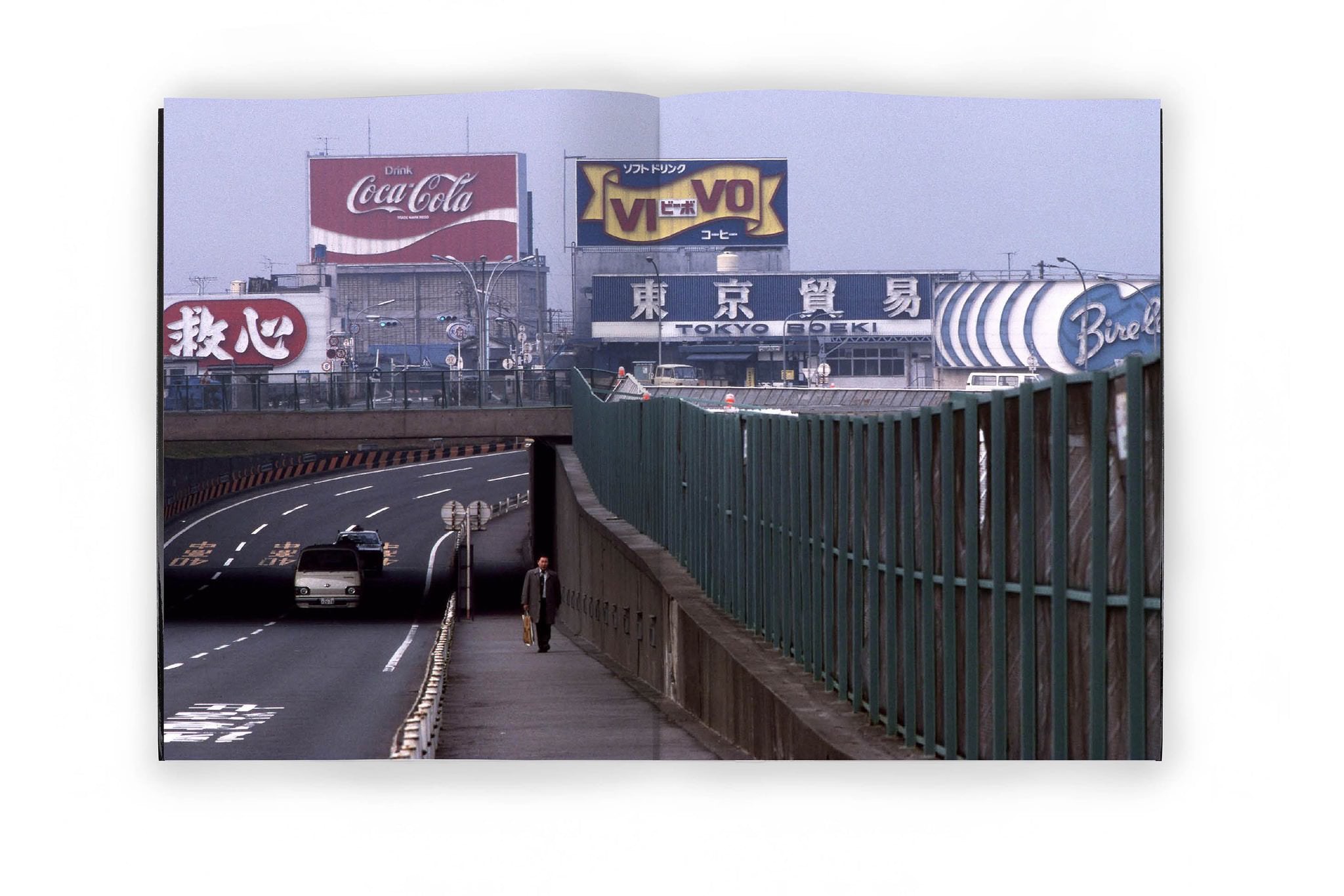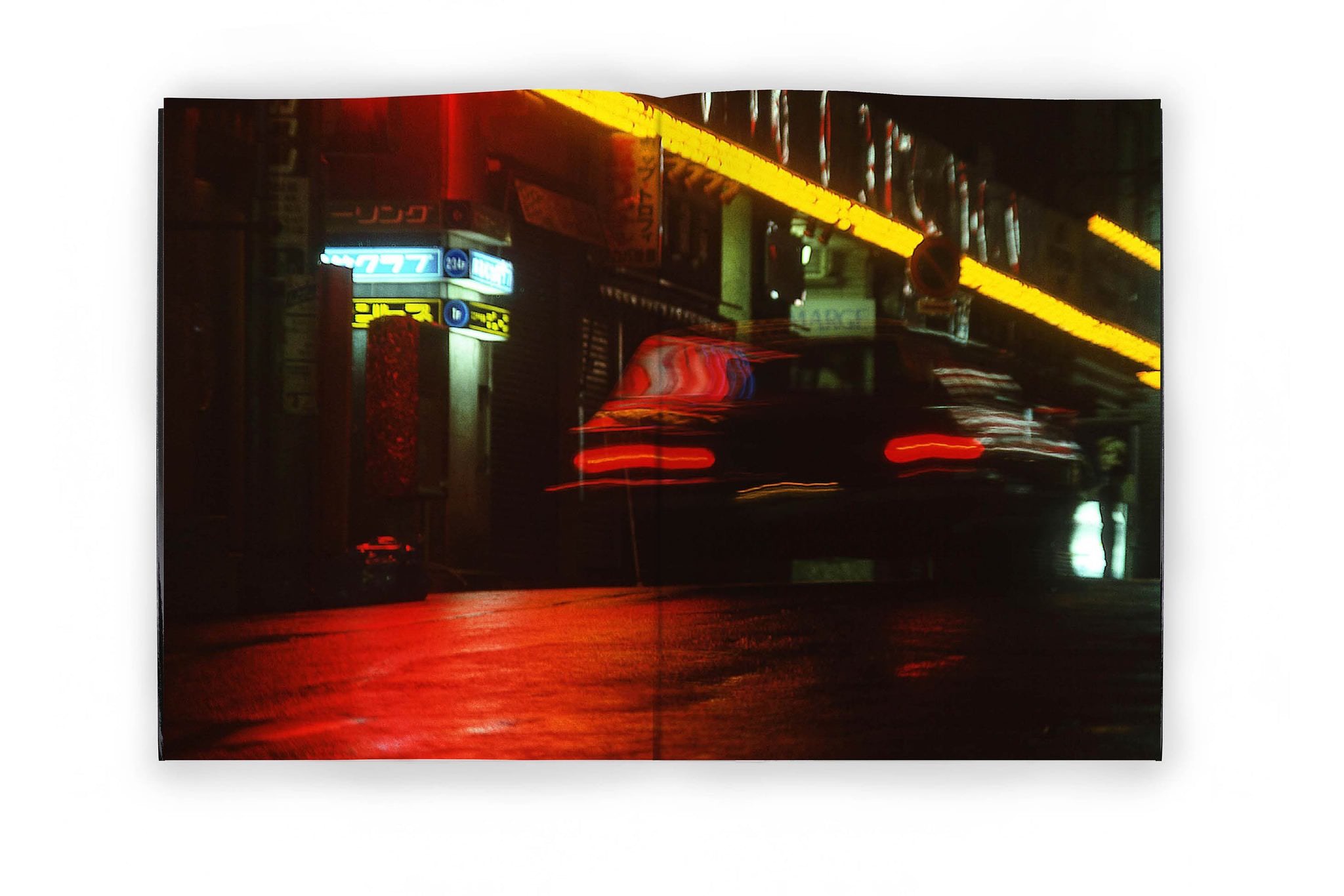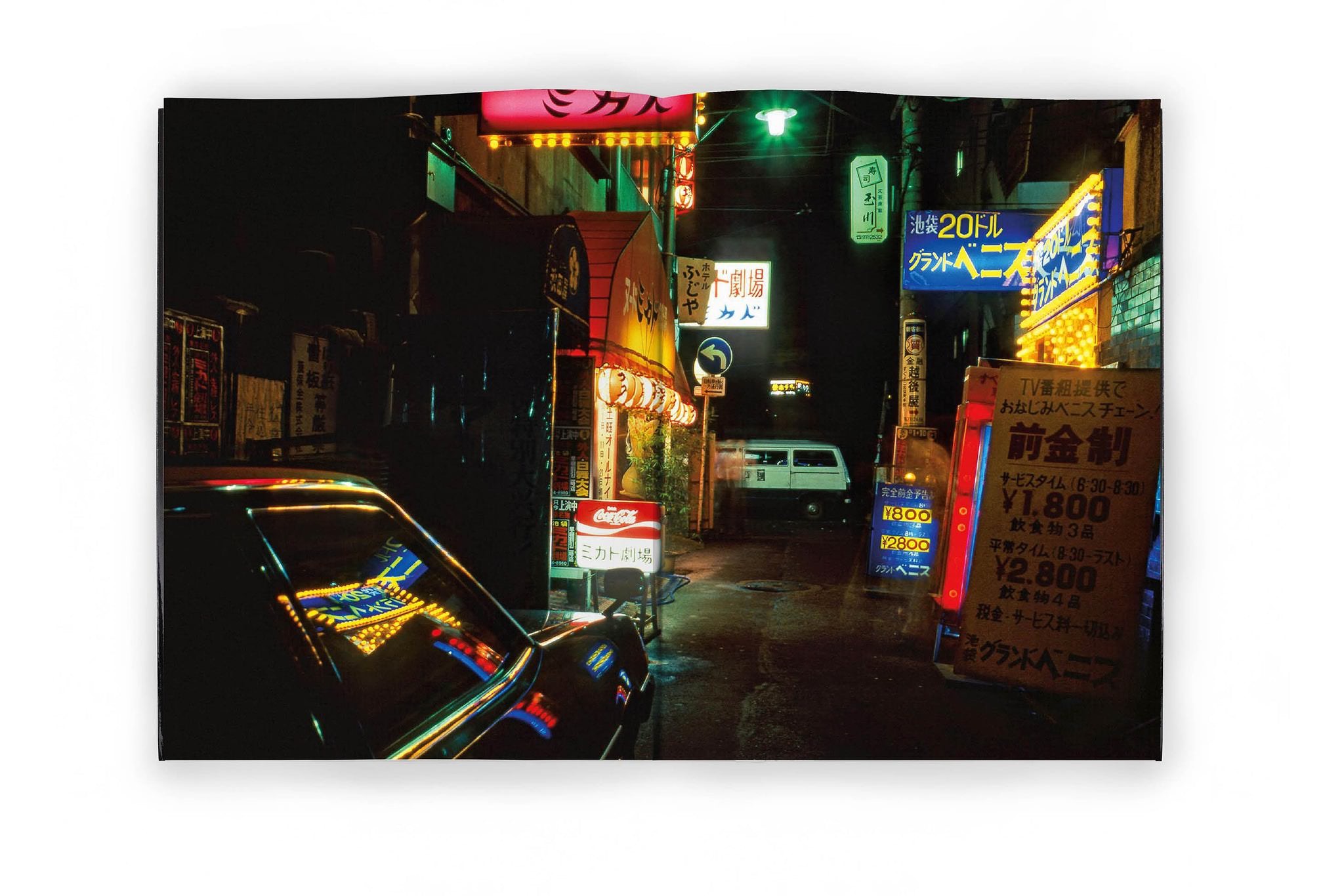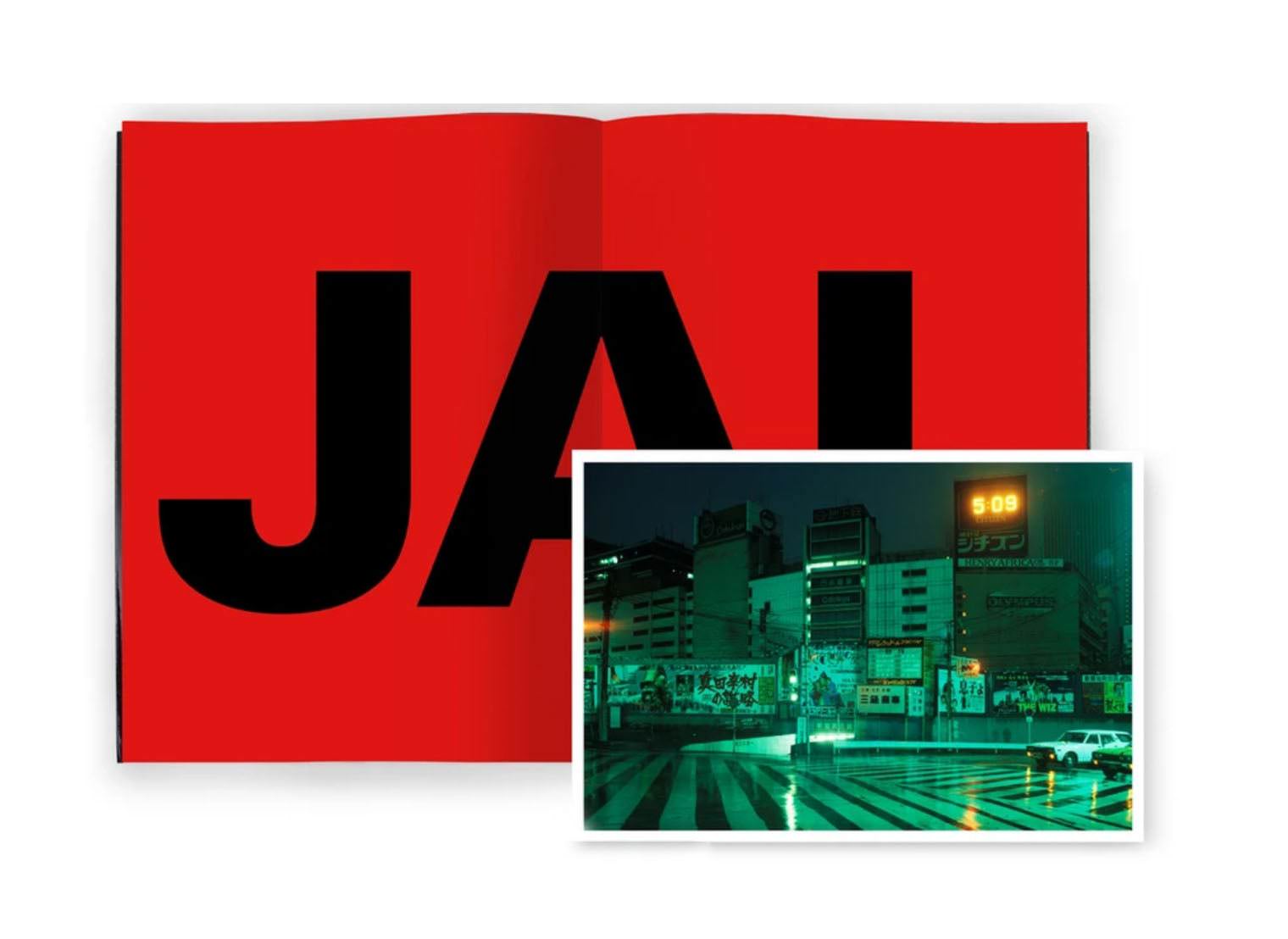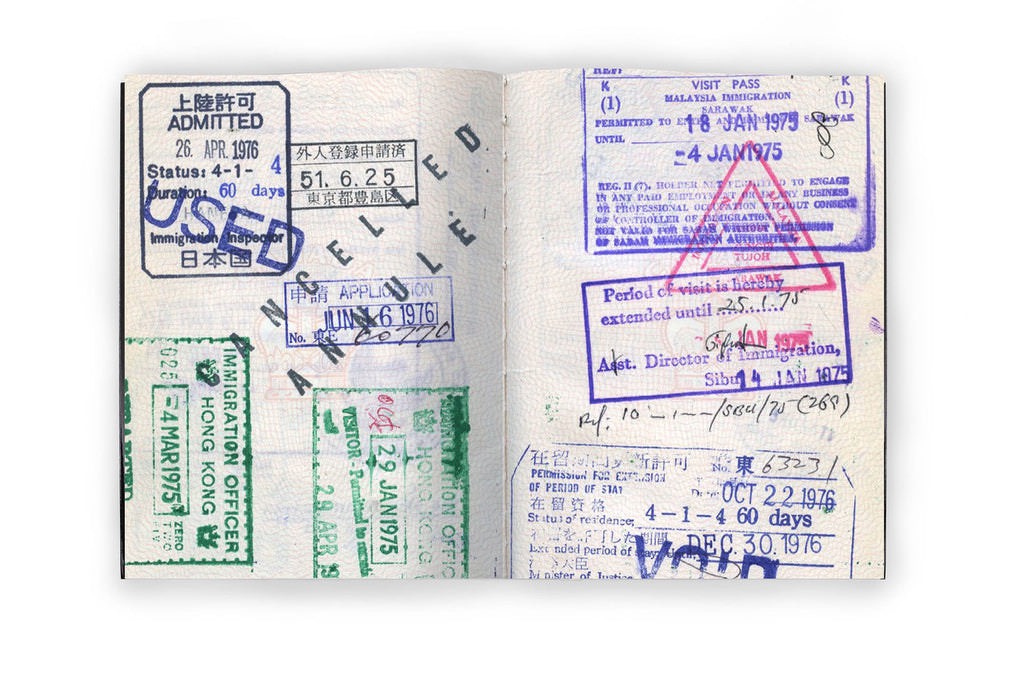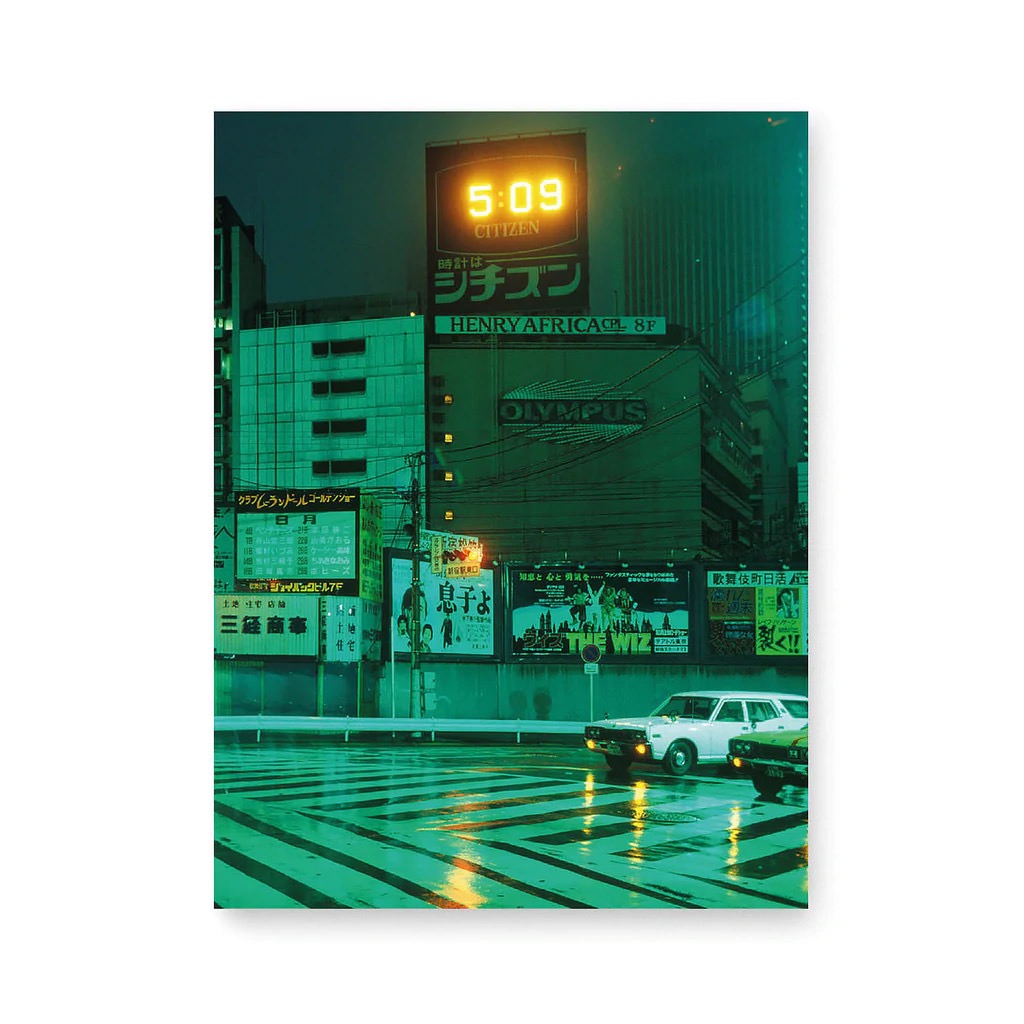Greg Girard: JAL 76-88
German-based gallery/publisher Kominek presents a collection of Greg Girard’s photographs of Tokyo taken between 1976 and 1988. Girard arrived in Japan at a time before Blade Runner, when the neon-futuristic image of the Asian megacity was yet to enter the popular imagination in the west.
“When I first arrived in Tokyo in April 1976 the plan was to spend a few days and then continue on to SE Asia. I decided to stow my luggage at the airport that first night so I could just wander around. I had no idea where I was going to stay. I took the monorail from Haneda airport into the city and then rode the circle of the Yamanote line around Tokyo. When I arrived at Shinjuku I got off the train. It seemed the brightest, noisiest, and most crowded part of town. I spent the night wandering around Shinjuku and nearby neighborhoods and by morning I knew I wanted to stay. It’s perhaps worth pointing out that in 1976 there was nothing to prepare a first-time visitor for Tokyo. “BladeRunner-esque” had yet to enter the language. At the time the notion that the future had arrived, and was alive and well in an Asian city, was simply not known. And so, to stumble across it was thrilling and eye-opening.” (Greg Girard)
“JAL 76-88” updates and expands on work that first appeared in “Tokyo-Yokusuka 1976-1983”. In addition to more than 200 photographs, “JAL 76 88” will also include an interview with Girard by Brad Feuerhelm.
About the Author
Greg Girard (born 1955) is a Canadian photographer whose work has examined the social and physical transformation in Asia’s largest cities for more than three decades.
His most recent book, Tokyo-Yokosuka 1976-1983, published in 2019, completes a loose trilogy of photobooks (along with Under Vancouver 1972-1982 and HK: PM Hong Kong Night Life 1974-1989) that features early work made in the 1970s and 1980s, largely before his professional career began in the late 1980s.
Hotel Okinawa, published in 2017, looks at Okinawa’s unique social and physical landscape, created by decades of living alongside the US military. Okinawa hosts more than half the 50,000 US troops stationed in Japan as well as their dependents and civilian contractors. Writer Marc Feustel in his introduction describes Hotel Okinawa as a “document of the end of the American Century”.
Under Vancouver 1972-1982, published in 2017, looks at the city where Girard was born, especially the waterfront and the other unglamorous parts of the port city, before making Asia his home for the next thirty years. While living in Hong Kong he photographed Hong Kong’s neon-drenched streets, bars and nightclubs, also published in 2017, in the book HK:PM Hong Kong 1974-1989.
City of Darkness Revisited, released in 2014, revives an early collaboration with co-author Ian Lambot and updates their original book City of Darkness: Life in Kowloon Walled City (1993).
Based in Shanghai between 1998 and 2011, his photographic monograph Phantom Shanghai (2007), looks at the rapid and at times violent transition of Shanghai as the city raced to make itself “modern again” at the beginning of the 21st Century.
Other recent titles include Hanoi Calling (2010), and In the Near Distance (2010), a book of early photographs made in Asia and North America between 1973 and 1986. He is currently working on a book that examines the social and physical landscape of US military bases in Asia and their host communities.
Girard’s work is in the collection of the National Gallery of Canada, The Art Gallery of Ontario, and the Vancouver Art Gallery. His photographs have appeared in Time, Newsweek, Fortune, Forbes, Elle, Paris Match, Stern, and The New York Times Magazine. His work has been exhibited in galleries in South Korea, London, Germany, Helsinki, and New York City.
In addition to book projects and gallery work, he is a contributing photographer to National Geographic.
He is represented by Monte Clark Gallery (Vancouver).

